According to statistics, the scale of China's medical device market has maintained steady growth in recent years. From 2011 to 2018, the annual average compound growth rate of China's medical technology and medical device industry revenue is as high as 20.7%, which is much higher than the global average annual compound growth rate of around 3%. In 2018, the size of China's medical device market was about 530 billion yuan. In 2019, the size of China's medical device market will reach about 600 billion yuan. In 2020, the market size will reach more than 700 billion yuan. It is estimated that by 2022, the size of China's medical device market will exceed 900 billion yuan. From this point of view, the next few years will still be a golden period for the development of China's medical device market. In the golden age of rapid development of medical devices, the following six innovative medical devices are the main directions of current medical device investment:
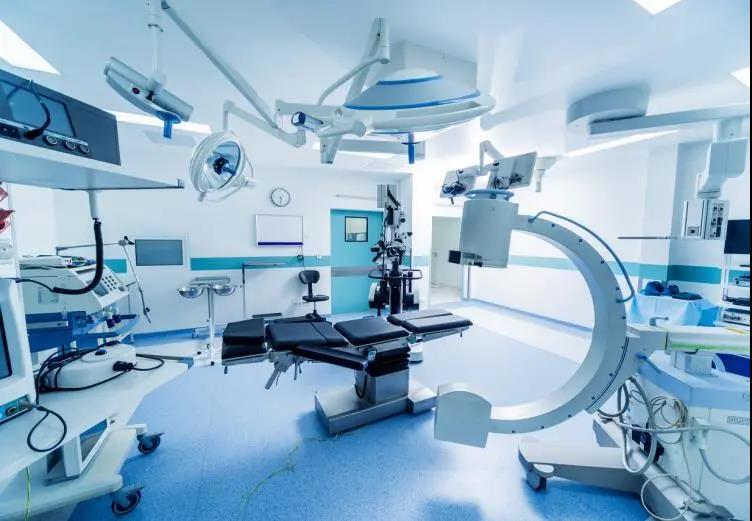
(1) Cardiovascular and cerebrovascular industry
There are relatively many hot spots in this industry, and stents are no longer our focus. The more innovative directions focus on transcatheter valve intervention, coronary heart disease diagnostic devices, cardiac pacemakers, drug balloons, radiofrequency ablation devices, and cardiac seals. Stopper and wait several directions. Against the background of the aging trend and the high incidence of heart and brain diseases in China, the market demand for this industry is huge, and the development prospects of the industry are very good.

(2) Imaging equipment industry
For general-purpose large-scale equipment, such as CT, magnetic resonance, PET-CT and other fields, there are relatively few excellent early projects at present, and the valuation is high. With the emergence of the high-end imaging equipment manufacturer United Imaging, a new imaging enterprise that has not yet formed its own model, under the attack of GPS outside and United Imaging inside, there is not enough room for growth. Relatively speaking, imaging equipment in the subdivision field, especially the subdivision field with unique hardware and artificial intelligence algorithms with its own application scenarios, is more promising, such as breast cancer ultrasound, dental cone-beam CT and other directions.
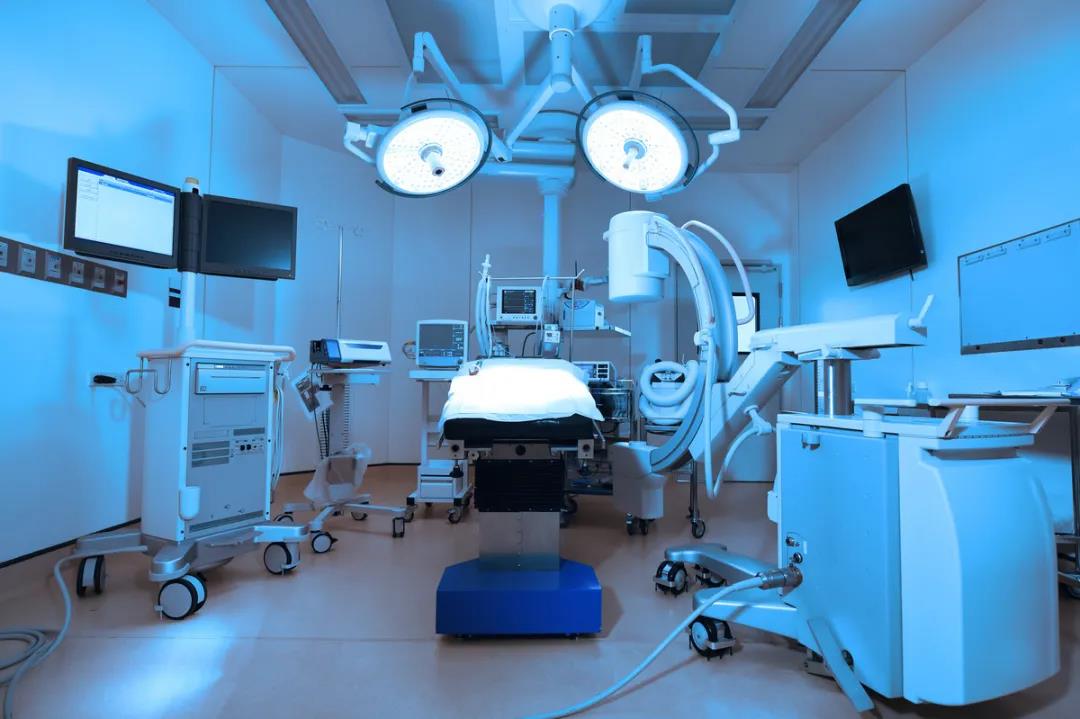
(3) Tumor-related equipment industry
The tumor ablation equipment that has been heated for a period of time, including freezing, radio frequency, microwave and laser, is no longer in sight. In the field of radiotherapy, it will take a long time for domestic companies to make breakthroughs in proton heavy ion technology. Electronic linear accelerator companies are worthy of attention, but they need to focus on the research and development and production capabilities of high-energy machines. In addition, tumor intervention has grown rapidly in recent years, and new drug-loaded microspheres are worthy of attention. Microsphere delivery system consumables may be a new market growth point in the future, but the technology is not yet fully mature.
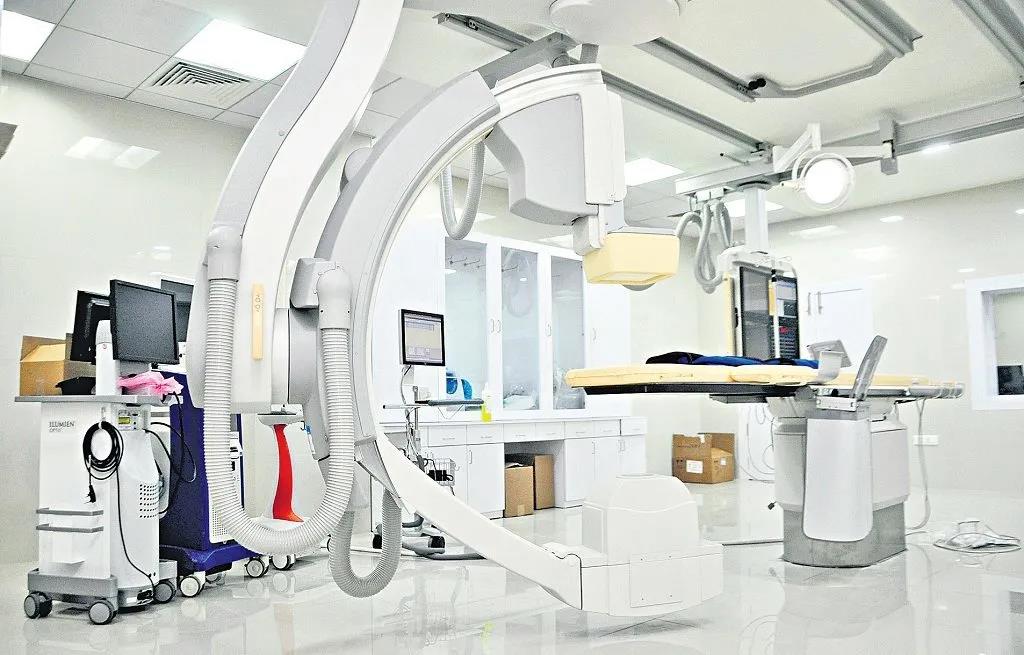
(4) Surgery, orthopedics equipment industry
Surgical robots are undoubtedly still one of the important directions. However, in recent years, due to the excessive pursuit of capital, the phenomenon of price deviation from value has become more serious. 3D printing combined with biological materials is one of the most promising directions.
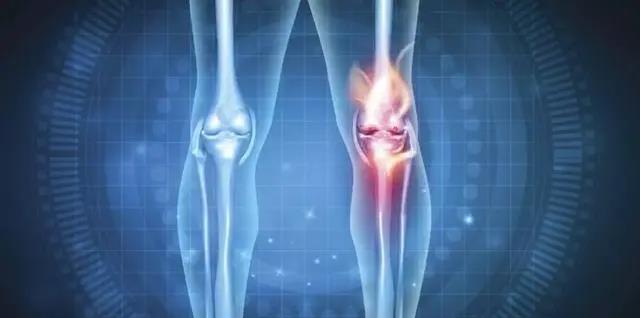
(5) Medical artificial intelligence industry
"AI+Medical"—Medical artificial intelligence is the direction of medical future development. Compared with other industries, the medical industry has a better foundation for artificial intelligence applications, and the medical industry has obvious pain points, such as lack of high-end medical talents, unbalanced resource distribution, high medical costs, etc.; the degree of electronic data is higher, the data is more concentrated, and the quality is higher. Relative standardization can be achieved in many application scenarios, such as medical imaging.

(6) Industry of in vitro diagnostics
Molecular diagnostics and point-of-care testing (POCT) are still the main directions of innovation. In molecular diagnosis, big data and artificial intelligence will change the overall molecular diagnosis landscape. For example, the sequencing service of gene sequencing is facing a new round of reshuffle, and companies with their own databases, core algorithms and clinical interpretation capabilities will have the opportunity to break through. The localization of upstream related reagents for gene sequencing will also be an important opportunity. Companion diagnosis of tumors has basically matured market education, and it is one of the directions worth investing in.
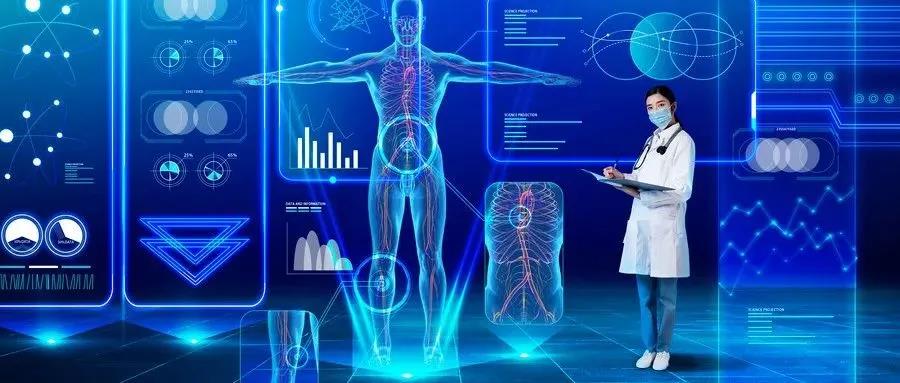
Medical technology, medicines, and medical devices have always constituted the three pillars of the medical service system. The development of medical devices can effectively assist and enhance the advancement and development of medical technology and drugs. It can be seen that the development of medical devices is necessary and important. Medical equipment has the characteristics of high-tech intensive, extensive interdisciplinary, technology integration and integration. It is an internationally recognized high-tech industry, and it is gradually able to represent the comprehensive strength of the country's high-tech. Therefore, it is the trend of the times to seize the golden age of medical device development and help the industry develop better and faster.
Copyright notice:The article comes from https://www.shoukanggroup.com/en/xinwenzixun/214.html,Please indicate the source of the reprint!